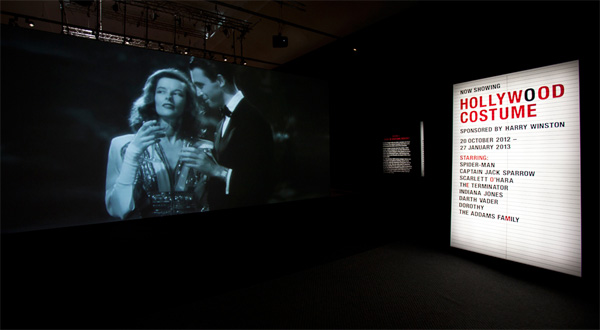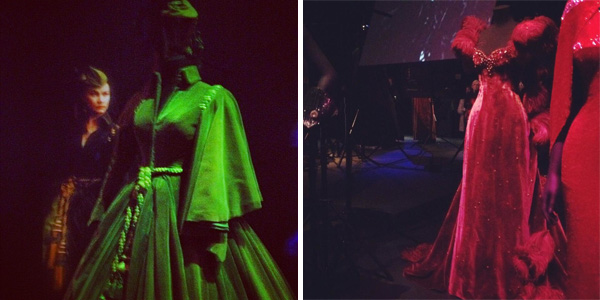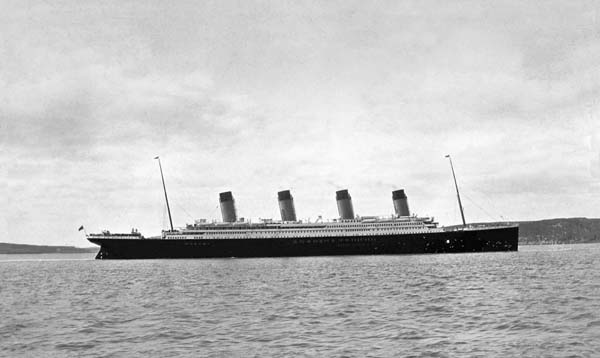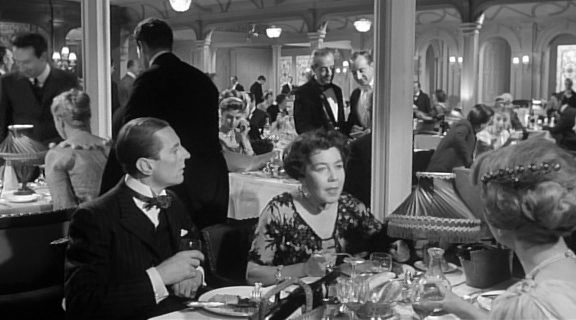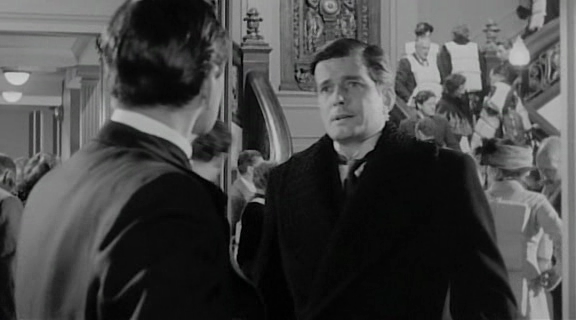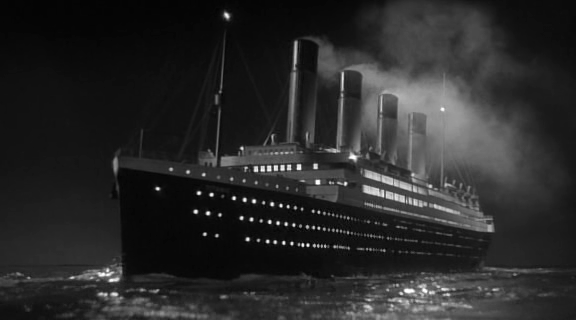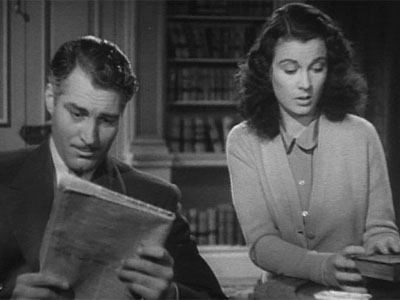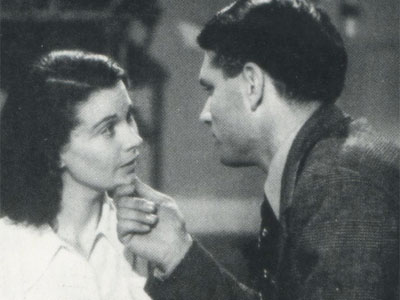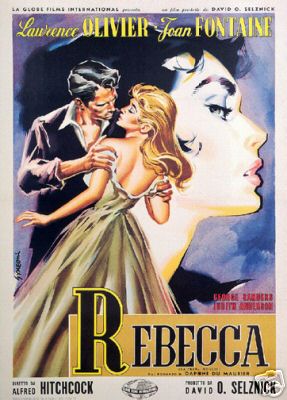(Via the V&A)
On October 20, the Victoria & Albert Museum brought Hollywood filmmaking to the heart of London. Hollywood Costume, curated by designer and historian Deborah Nadoolman Landis (Raiders of the Lost Ark), is an ambitious and beautiful exhibition that illuminates the central role costume design has played throughout a century of Hollywood filmmaking. As a previous resident of southern California, I’ve seen a fair share of old Hollywood costumes before. I’ve even been lucky enough to try some on (it turns out that with enough sucking in, I’m the same size as Hedy Lamarr). But none of these experiences had prepared me for the sheer volume and awesome spectacle of this exhibition.
I met up with Zoe from Vagabond Language on a particularly cold day a couple weeks ago. Exhibitions are always more fun when you see them with someone else who enjoys the subject matter as much as you do. Several of the most iconic outfits in film history were on display. Most astonishingly, they weren’t behind glass cases, but out in the open with strategic lighting and projected images that made it seem as if we had stepped into a Technicolor fantasy.
The exhibition is arranged in three sections: Deconstruction (designer’s research), Dialogue (innovation and design), Finale (a huge mash-up of noteworthy designs). There were costumes worn by everyone from Charlie Chaplin to Matt Damon – Mary Pickford to Meryl Streep and just about everyone in between; we’re talking Hedy Lamarr, Carole Lombard, Elizabeth Taylor, Johnny Depp, Greta Garbo, Kate Winslet, Barbra Streisand, Judy Garland – they even had the original ruby slippers from The Wizard of Oz shipped over from the Smithsonian.
While I enjoyed the full range of costumes on offer, there were two that particularly stood out to me. These were the green curtain dress and red ostrich feather dress worn by Vivien Leigh as Scarlett O’Hara in Gone with the Wind, which were among those recently restored by the Harry Ransom Center at the University of Texas. This exhibition marks the first time the costumes have been in the UK since the 1940s and it was surreal to view them up close. I’d seen a version of the green dress at the Atlanta History Center back in 2009, but was quite unprepared for the vision of the red dress. Major kudos to the people who did the restoration. It looks absolutely stunning. It also reaffirms the fact that Vivien Leigh’s waist was smaller than my thigh.
Aside from ogling at the artistry on display, I was quite surprised to see that many of the older costumes came from a select few collectors or costume companies in Los Angeles and Asia. It must have taken quite a while for the curators to track all of them down, let along negotiate for them to be shipped to London.
Whether you’re in to fashion, film or plain old nostalgia, Hollywood Costume has something for everyone and should be on the top of every tourist’s list of things to see and do in London.
*Hollywood Costume runs until January 27, 2013. Advance bookings strongly recommended.

